You can trust Cyclingnews
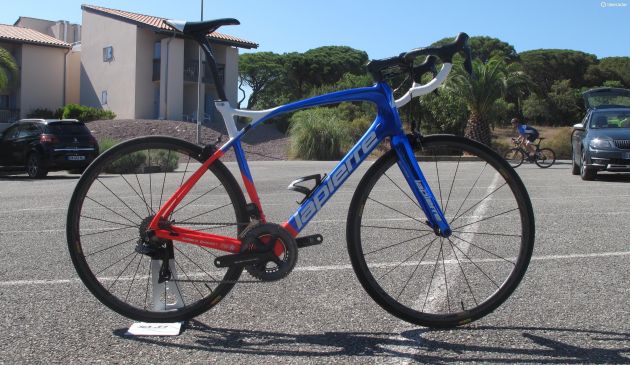

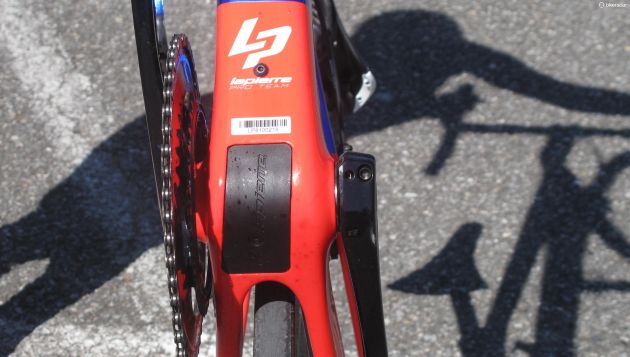
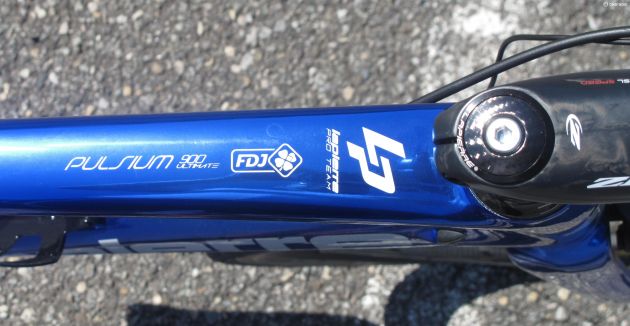
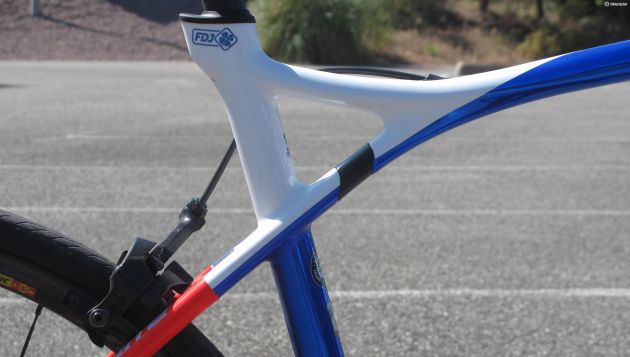
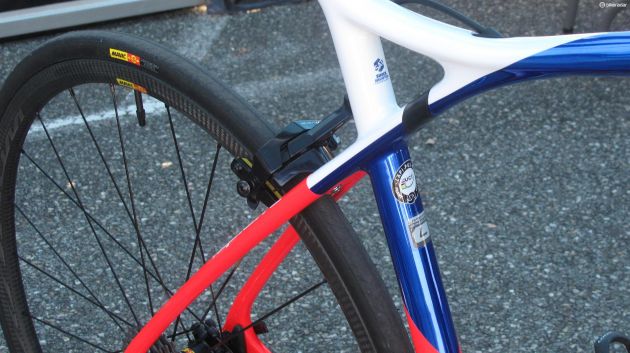
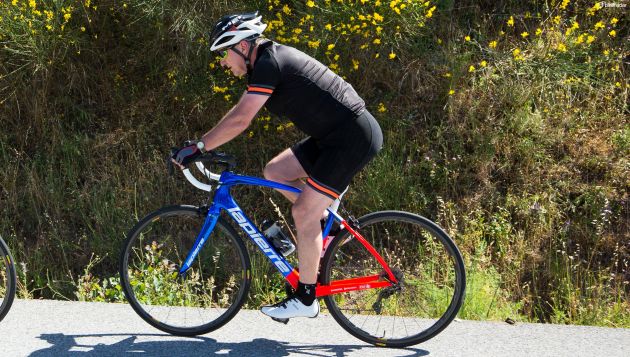
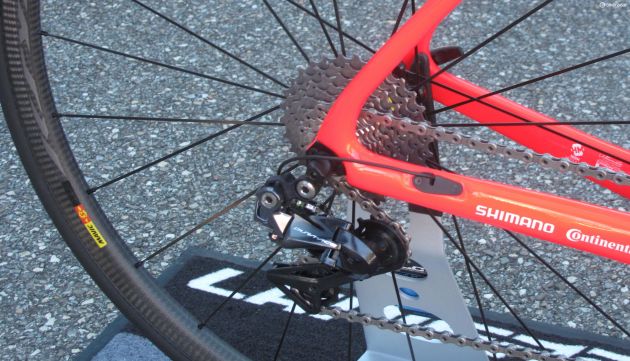
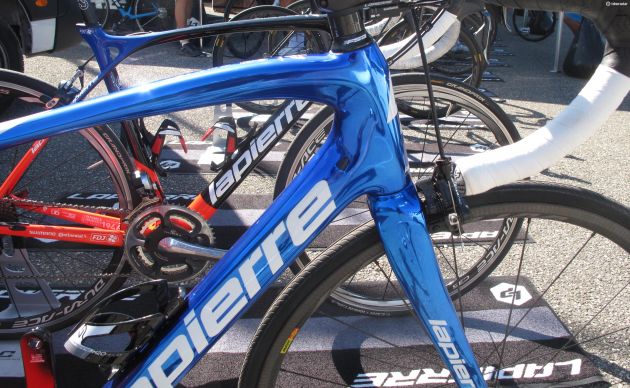
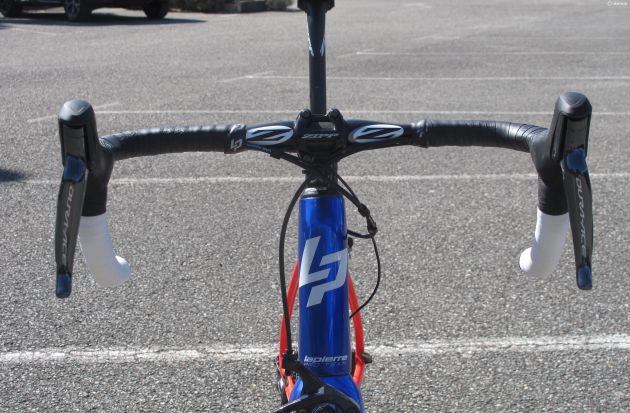

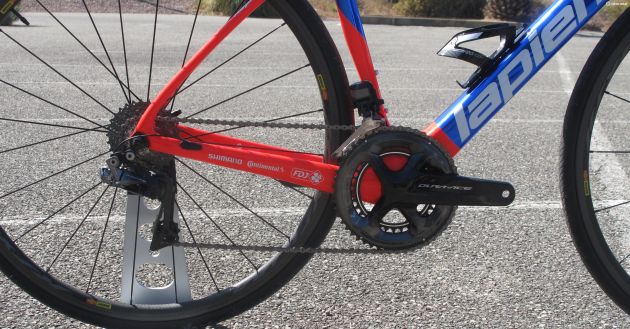
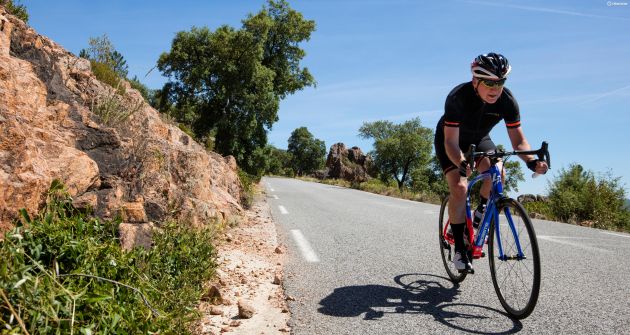
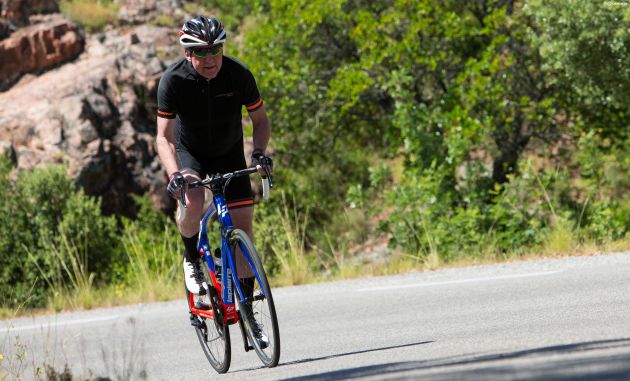
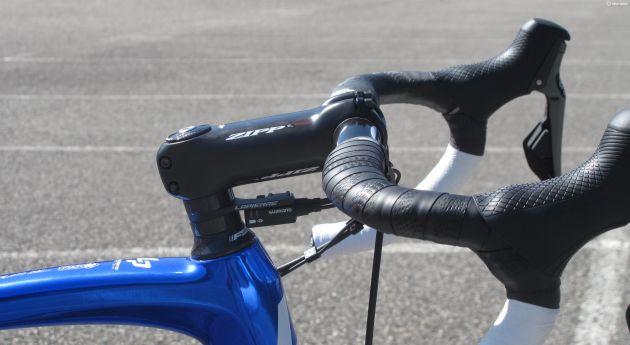
This article originally appeared on BikeRadar
In the language of Lapierre's head of R&D, Rémi Gribaudo, the word Pulsium rolls off the tongue with an alluring Gallic smoothness, gaining an extra syllable and sounding like a newly discovered exotic element — 'Pallooozium'. And this second-generation Pulsium endurance bike in its top-of-the-range 900 FDJ guise is certainly an exotic-looking beast.
Beneath its beautiful mirror-blue finish there have been a lot of developments since the original 2015 Pulsium, which was designed for the punishing pavé of Paris-Roubaix and came with Lapierre's elastomer Shock-Absorption Technology or SAT.
There are — surprise, surprise — claims of a 40 percent increase in bottom bracket stiffness, 20 percent greater headset stiffness and 25 per cent stiffer chainstays. Meanwhile, Lapierre also says its new carbon fibre layup has resulted in a 20 percent increase in comfort compared with its Sensium.
The frame features a redeveloped and simpler version of Lapierre's patent-pending SAT system, which is designed to absorb vibrations in order that you lose "less energy when riding on demanding rides." It's now a larger single elastomer instead of a complicated three-piece design, and if you press down on the saddle, you can see the 'give' this setup delivers.
The new frame has also been designed to have cleaner lines to ensure it more resembles the racier Xelius, as well as a greater stiffness, responsiveness and a more dynamic ride, which the FDJ team requested.
The seat tube is slimmer, more compliant and, in the words of Gribaudo, "It works like an elbow".
As with Lapierre's Xelius SL, the Di2 battery is now neatly housed in the bottom bracket shell ('Trap Door Technology' in Lapierre-speak), which again is designed to save energy — you want excess weight lower down when you're riding out of the saddle.
The Pulsium's fork offset is also inherited from the Xelius, this time for increased responsiveness. In spite of its racing pedigree the Pulsium's wheelbase has been lengthened slightly, as have the chainstays which are now 412mm long.
I didn't have scales, but this Pulsium is noticeably light — 7kg or less — which contributes to snappy acceleration.
Top-notch kit
The kit on my 900 FDJ was top-drawer, featuring Zipp's carbon seatpost, bar and stem, and rounded out with Shimano Dura-Ace Di2.
Mavic's Ksyrium Pro Carbon SL clincher wheels, with their iTgMAX braking surface, were reassuringly controlled, though my 90km test rides were all in dry conditions. Stopping is also accompanied by a pleasing hum, like a tube train stopping, rather than any squealing.
As you'd expect for 1,600-quid wheels, the Ksyriums were as impressive as the rest of the components: light, fast and impervious to some pretty punchy side winds. The chainset is stiff, with faultless shifting and braking, too.
Climbing and ascending were carried out with equal aplomb — though the wheels handled increased gradients much better than I did as I suffered on even moderate climbs in 32C temperatures, despite an 11-30 cassette.
Both bike and tyres flew down the hills, and there was great control through the sweeping descents with hard braking regularly required on some blind, sharp bends.
Science friction
One aside from Gribaudo proved a little surprising. Lapierre works closely with Shimano and one of the areas that Gribaudo and experts at the University of Lens have been investigating is the supposedly friction-reducing qualities of today's large jockey wheels with ceramic bearings.
Their research suggests that due to the preloading of the bearings you'd actually be better off with Shimano's own standard derailleurs and pulley wheels, which would also have the advantage of saving you shedloads of money.
In conclusion…
There are nine bikes in the 2018 Pulsium range, topping out with this 900 FDJ Ultimate and the similarly equipped 900 FDJ Disc, while the entry-level 500 comes with Shimano 105.
Pulsium prices will be confirmed in August or September when they will be available through Lapierre's new UK distributor Raleigh.
My early rides suggest that, as with its earlier Pulsium, the 2018 model hits the sweet spot between comfort and performance, offering enough speed and acceleration for the PB-seeker, but enough comfort for long, hard rides over a variety of surfaces. I'm yet to put it through its paces on the very worst roads, however — northern Europe's cobbles and Britain's broken tarmac.
While the images may not capture its lustrous blue-mirror finish, you could shave using the reflection. This paintwork is complicated, time-consuming and expensive to apply — which will add to the price — but in 20-plus years testing bikes, it's one of the most striking I've seen and I generally prefer a much more understated look.